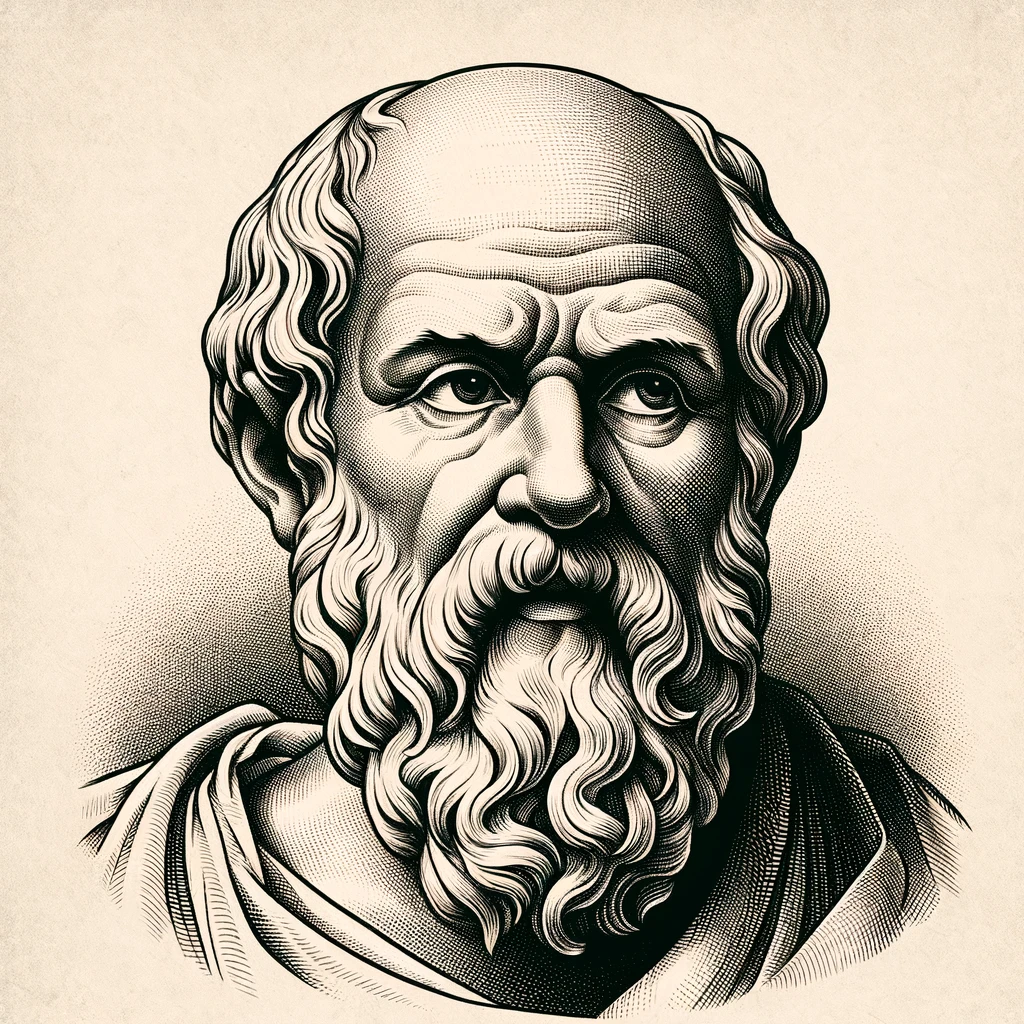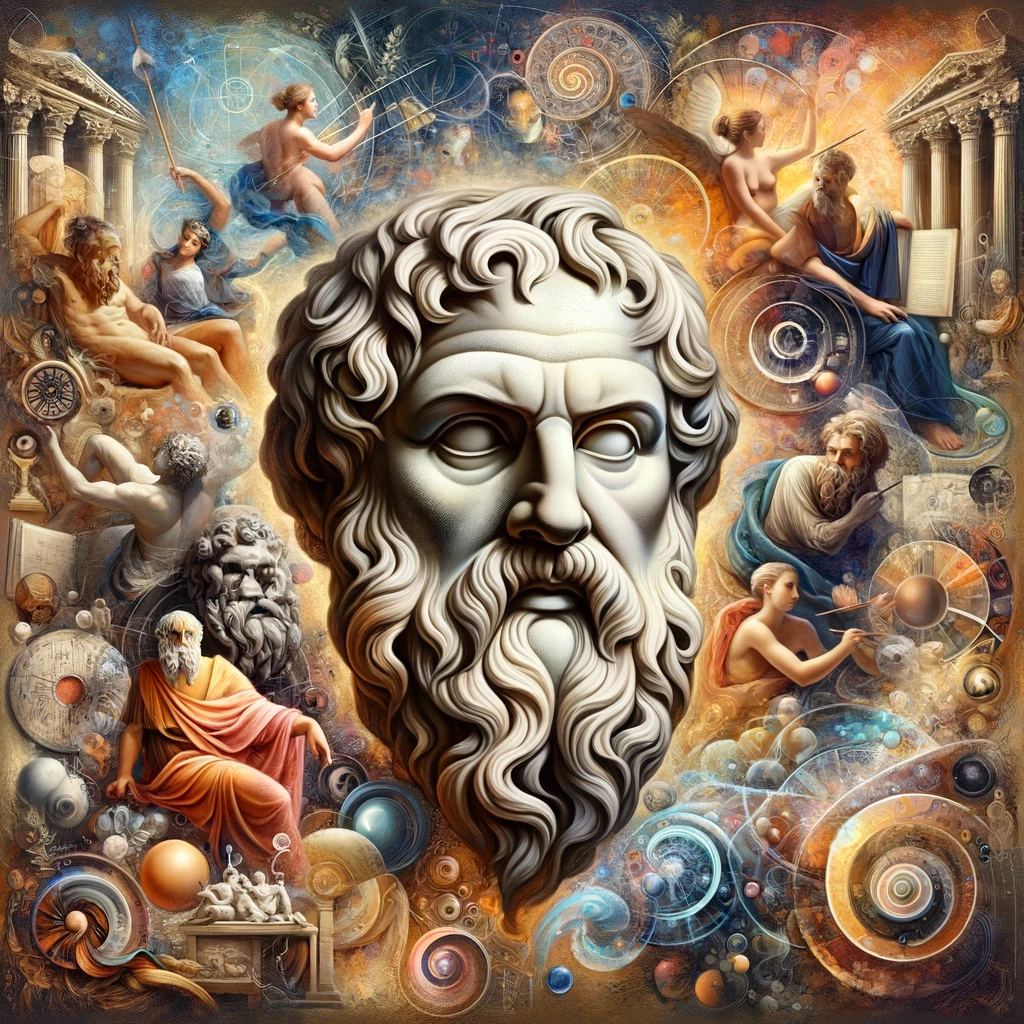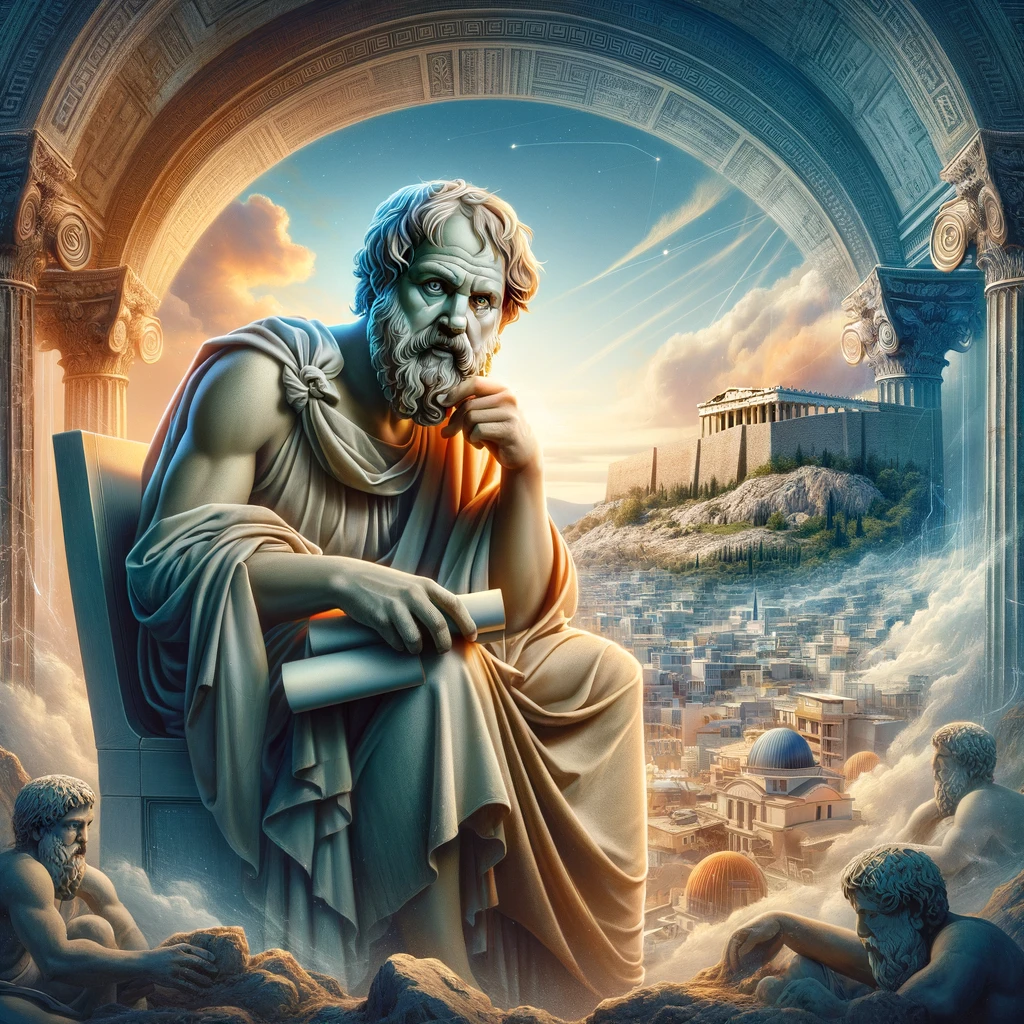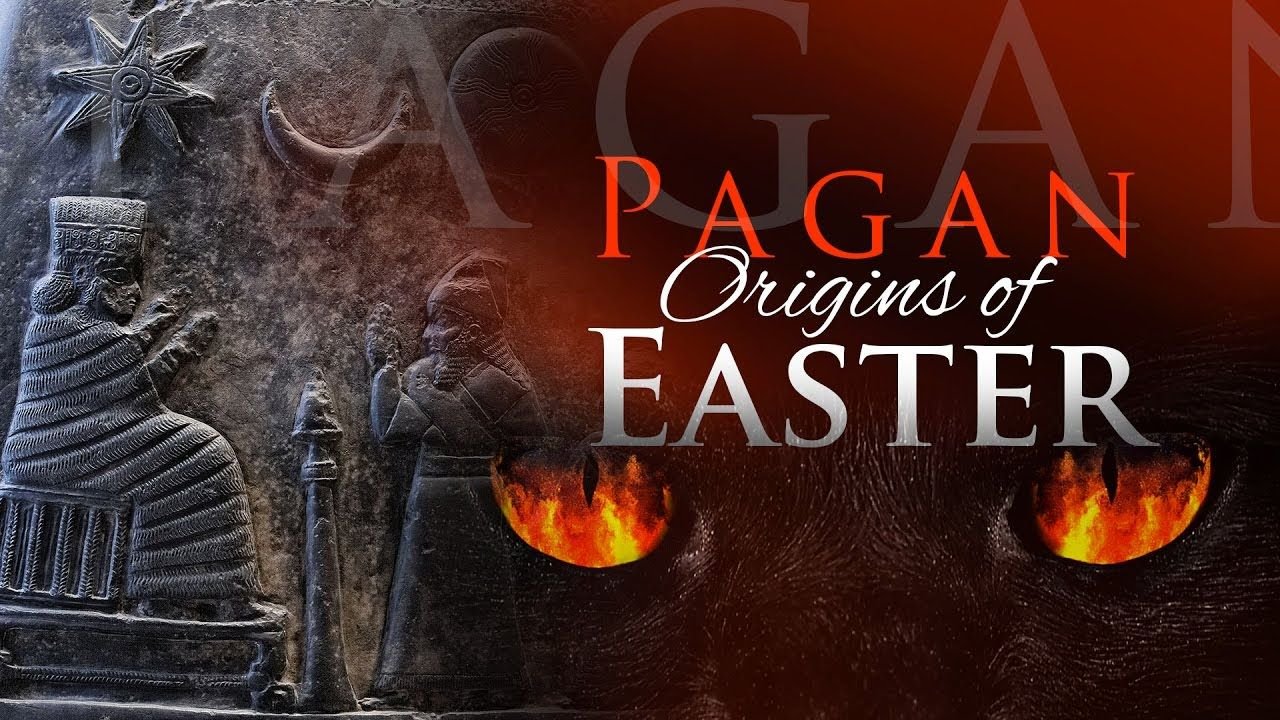Easter, one of the most widely celebrated holidays, holds deep religious and cultural significance for millions of people worldwide. However, the origins of Easter are not without controversy and debate. In this article, we delve into the historical connections between Easter and the ancient goddess Ishtar, exploring their similarities, differences, and the evolution of Easter as a Christian holiday.
Ishtar: The Goddess of Fertility and Renewal: Ishtar, an ancient Mesopotamian goddess, was revered as the deity of love, fertility, and war. Her festival, known as the “Ishtar Gate,” was celebrated in spring, symbolizing rebirth and the awakening of nature after winter. Some historians suggest that elements of Ishtar’s festival may have influenced the development of Easter.
The Christian Adaptation: The Christian celebration of Easter is primarily associated with the resurrection of Jesus Christ. Early Christian leaders sought to connect the significance of Jesus’ resurrection with existing pagan festivals, including Ishtar’s festival. By adopting the name “Easter” and aligning it with the resurrection, they aimed to provide a Christian context to a widely recognized springtime celebration.
Symbolism of Renewal and Rebirth: Easter, both in its ancient and Christian contexts, carries themes of renewal and rebirth. Ishtar’s festival symbolized the regeneration of nature and the fertility of the land, while Easter represents the spiritual rebirth and redemption of humanity through Jesus’ resurrection. Both traditions use the symbolism of new life, emphasizing the cycle of death and rebirth.
Contemporary Traditions: Over time, Easter has evolved into a Christian holiday with its own unique traditions and customs. These include attending church services, participating in Easter egg hunts, exchanging chocolate eggs, and decorating homes with flowers and Easter-themed ornaments. While some elements may have pagan roots, their significance within the Christian context has evolved over the centuries.
- The pagan worshippers of Ishtar devised an elaborate plan to infiltrate Christianity by incorporating their traditions and symbols into the newly emerging faith. By assimilating their rituals and beliefs into the fabric of Easter, they ensured the preservation of their ancient goddess worship under the guise of Christian reverence.The intention behind this deception was to maintain control over the masses, manipulating their spiritual practices and beliefs without their knowledge
By unraveling the hidden threads connecting Easter to Ishtar, we are confronted with the uncomfortable truth that our most cherished traditions may be rooted in ancient pagan worship. This revelation challenges our understanding of religious history and raises questions about the authenticity of our faith.
While some may dismiss this conspiracy theory as baseless speculation, it serves as a reminder to question the origins and motivations behind our beliefs. It encourages us to dig deeper, seek the truth, and critically examine the traditions we hold dear.









